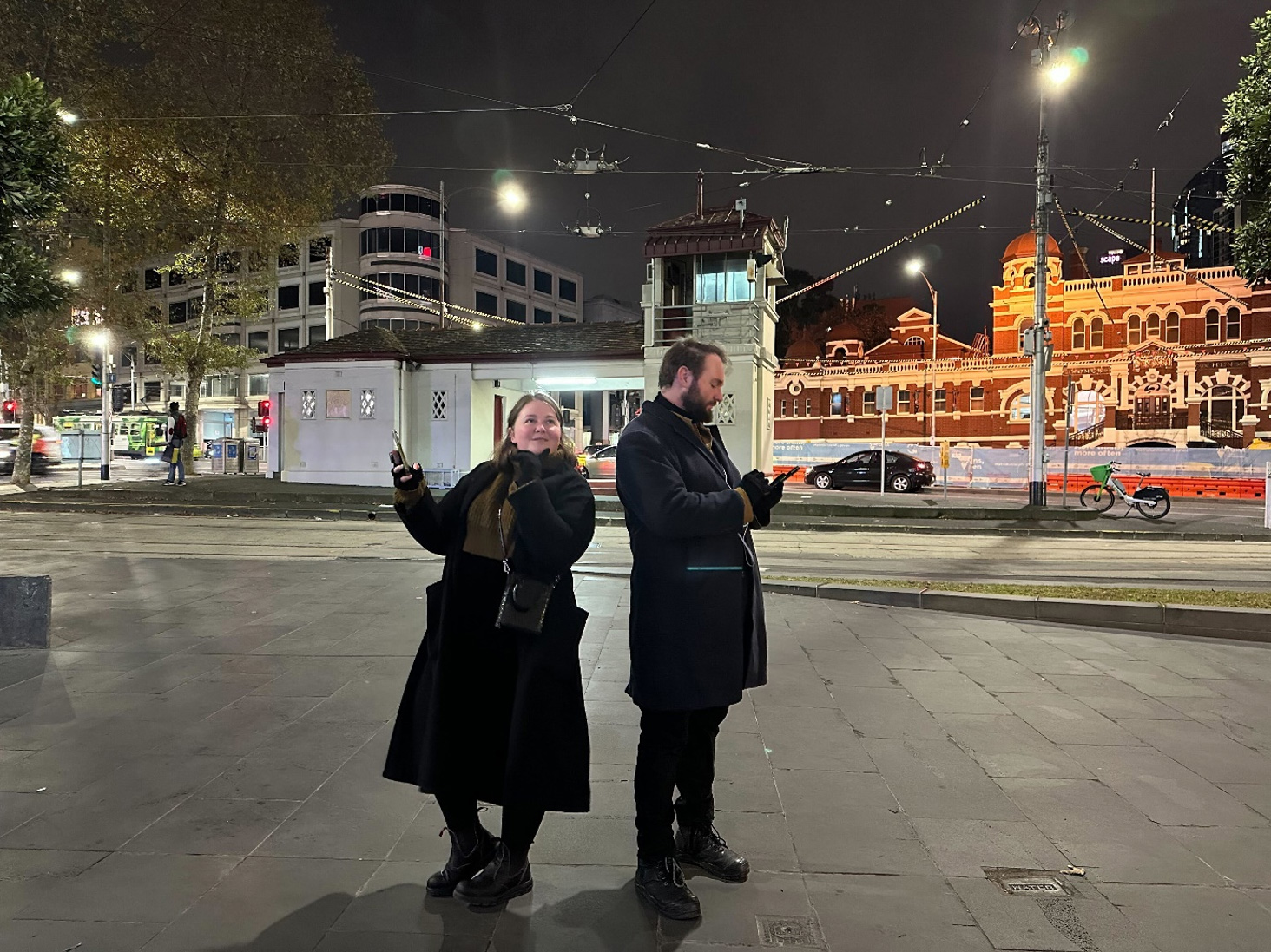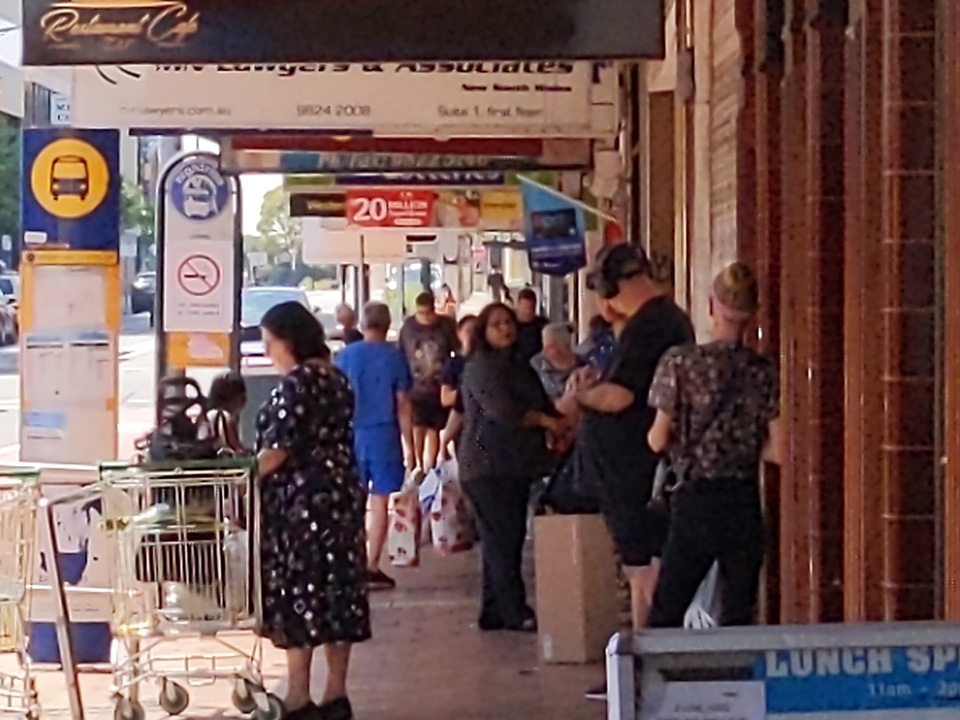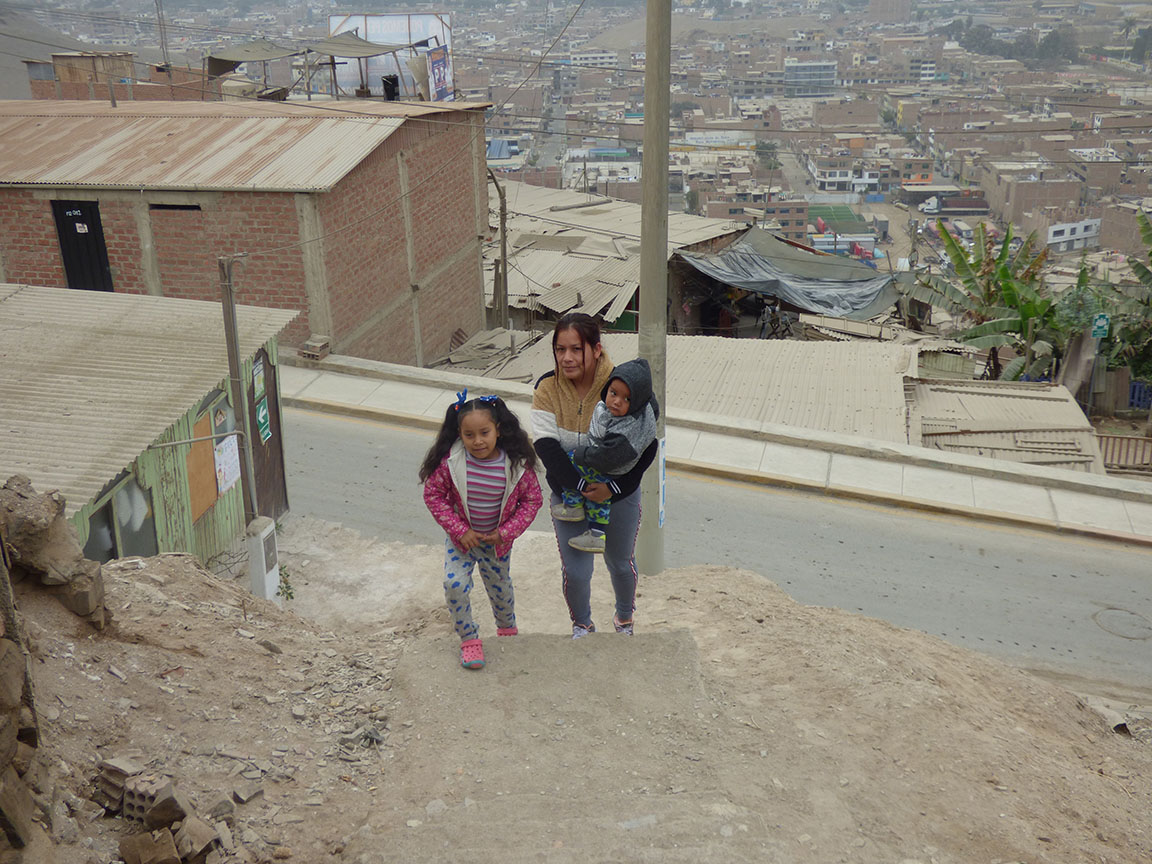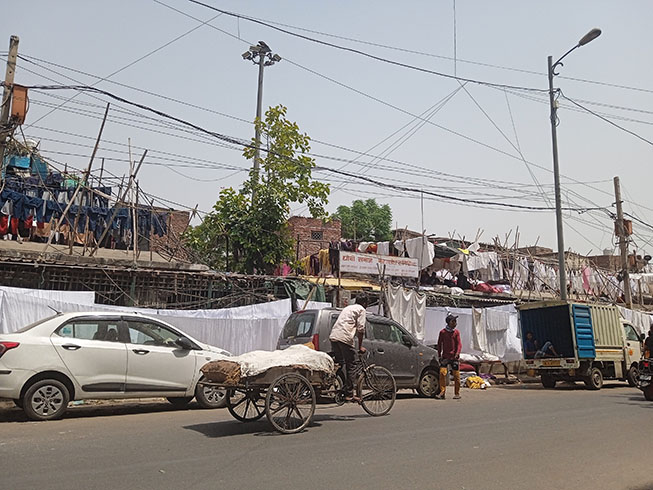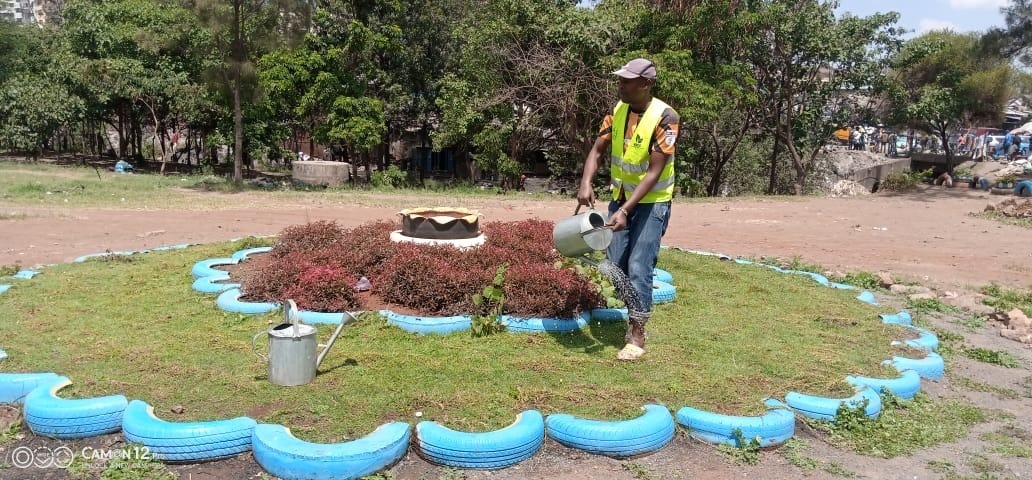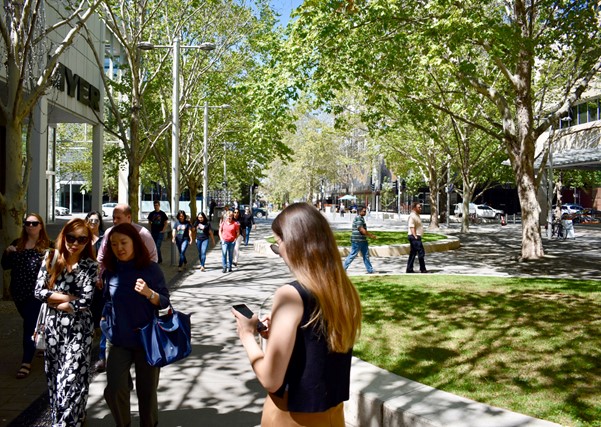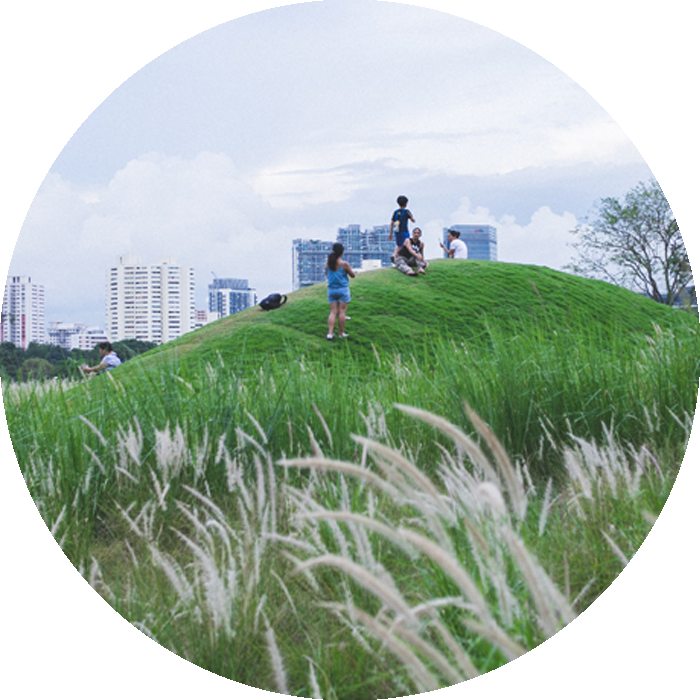
Articles
Gender-inclusive Urban Planning: why the voices of women and girls create better public spaces
Discover why the inclusion of women and girls in urban design is essential for creating safe and accessible public spaces that meet the needs of everyone.
Discover the World of Observational Data: Insights, Experiences, and Opportunities.
Curious about how public spaces become safer, more welcoming, and inclusive? Lexi and Jerome, place auditors at Inhabit Place, share surprising insights from the field. Discover how observational data transforms the way we think about public space and shapes better communities.
Safer Public Spaces for Women and Girls.
In 2023, Inhabit Place played a pivotal role in the Transport for NSW Smart City Innovation Challenge, securing funding to develop innovative solutions for safer public spaces for women and girls. Our project advanced through the Feasibility stage, demonstrating our commitment to addressing this critical urban challenge.
Healthy Streets pilot with Liverpool City Council.
In 2023 Inhabit Place was delighted to complete the Healthy Streets demonstration pilot with Liverpool City Council. The Inhabit Place methodology was utilized to capture detailed observational data about the public life of Moore Street, a key street within Liverpool, alongside an assessment of the physical qualities of the street through the Healthy Streets methodology. The project was completed in partnership with qualified healthy streets practitioners from Liverpool City Council, and overseen by the South Western Sydney Local Health District.
Inhabit Place and Mano a Mano collaborate in Peru.
Inhabit Place delivered place audits with Mano A Mano and Her City (UN-Habitat) in Lima, Peru, across two passages: Pasaje Rosario and Pasaje Los Alamos in Puente Piedra. The place audits conducted here created a wealth of data outlining the safety risks within the area and how to better connect the neighbouring communities.
On the Ground in Delhi- Inhabit Place and the Red Dot Foundation.
In the first half of 2022 Inhabit Place collaborated with the Red Dot Foundation and Her City (Un-Habitat) for the Swedbio project ”Youth Led, Nature - Culture Living Labs in India”.
Kamukunji Environment Conservation Champions.
One of Inhabit Place’s more exiting adventures in 2021 was our expansion into Africa, working with the United Nations Global Public Space Programme to gain insights into the Kamukunji area of Nairobi, in Kenya.
Understanding Inhabit Place.
In an age where our challenge as individuals, communities and organisations is to make sense of overwhelming amounts of data, we set out to build a tool that simplified the challenge of understanding and designing places.
Cities expected to become home to two thirds of the world's population by 2050.
Inhabit Place is a data and analytical tool that records and interprets human behavior in public spaces to better understand how we use the built environment, and how the built environment impacts us.

